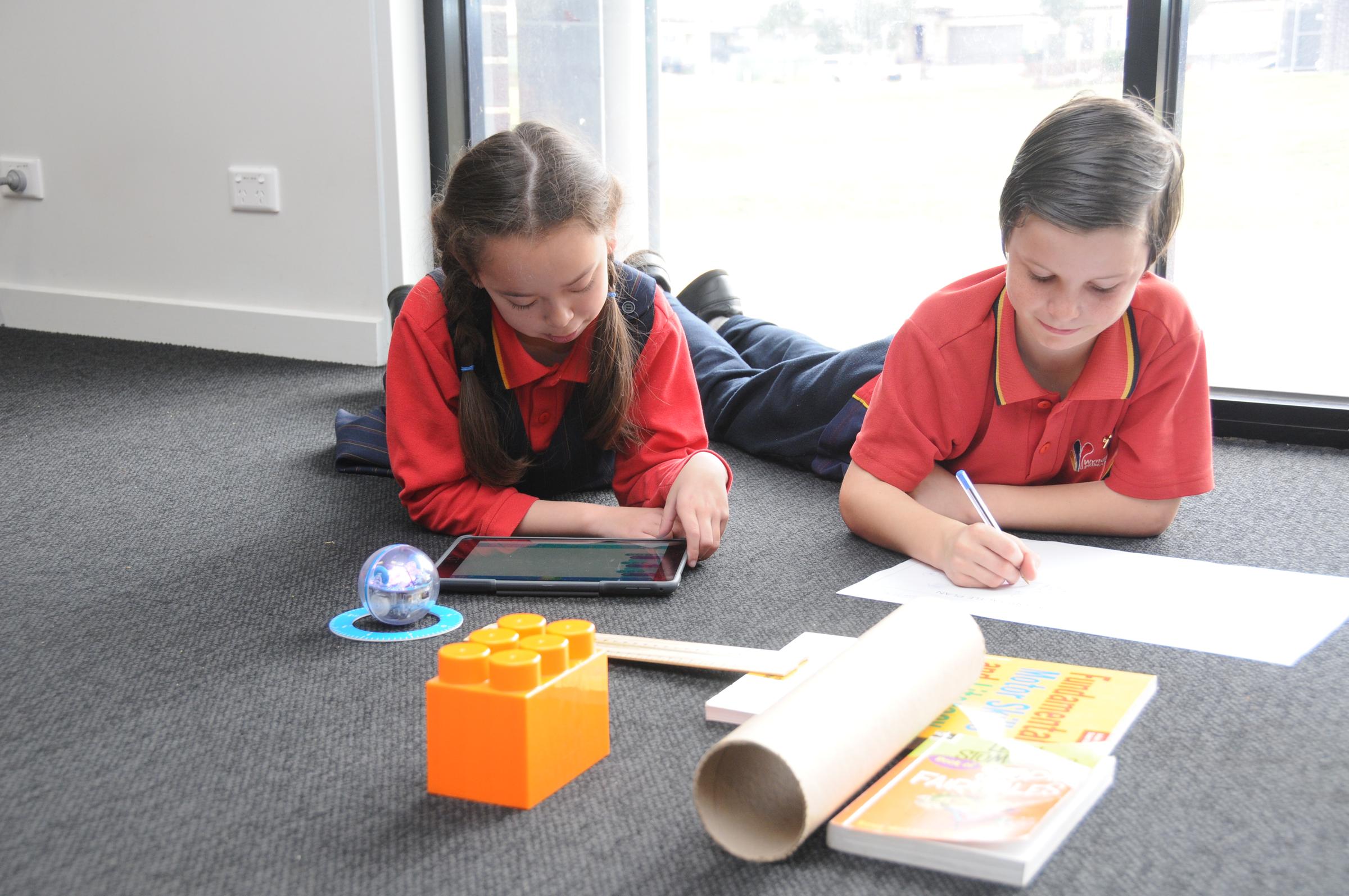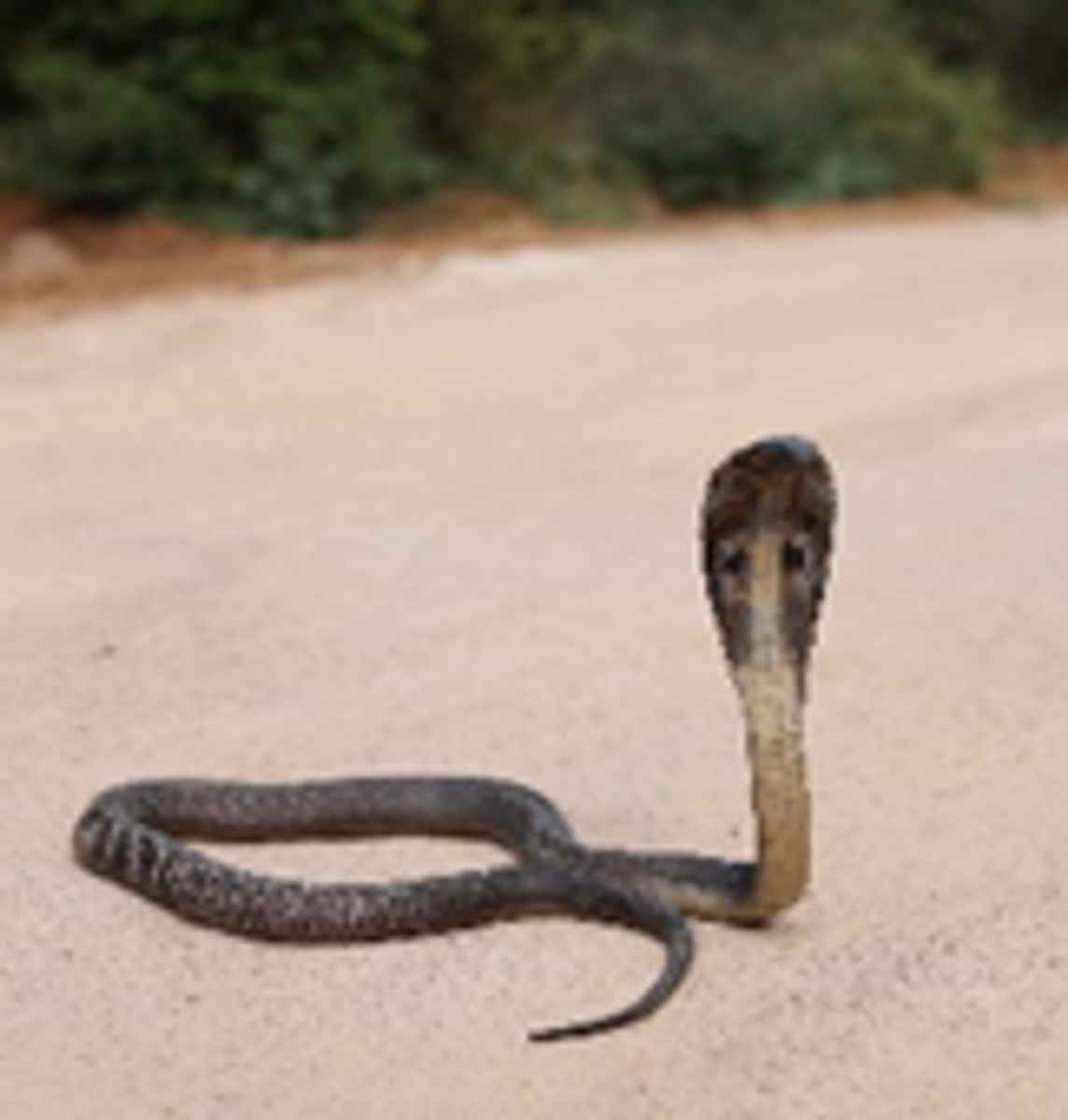Writing

CURRICULUM FOCUS
In Writing this week, we are learning to use show not tell within our information reports.
VOCABULARY
Information Report:
Is a non-fiction text type that informs and educates readers on a series of information/facts on any specific topic
Show not tell:
Is a writing strategy where the writer instead of telling the factual information, uses the showing technique to display the actions.
- Use Cool Descriptions: Instead of just saying stuff plainly, make things interesting with describing words. For example, instead of saying "Kangaroos live in Australia," say "Kangaroos jump around in the wide open spaces of Australia."
- Tell About Details: When you talk about something, give lots of details and examples to help others understand. If you're talking about a special animal, say how it looks, where it lives, and what it does. Like if you're talking about koalas, say "Koalas have soft grey fur and love eating eucalyptus leaves way up in trees."
- Compare Things: Sometimes it helps to compare things to stuff you already know. For instance, when you're talking about a really big whale, you can say "A blue whale is as long as three public buses put together!"
- Use Your Senses: Make things feel real by talking about how they look, sound, feel, smell, or even taste. For example, if you're talking about a rainforest, say "The air in the rainforest smells like earth and you can hear birds singing and leaves rustling."
- Share Your Experiences: If you've seen or felt something, share it! Like if you're talking about weather, you can say "Last summer, I felt the sun burning my skin during a super hot day."
ACTIVITIES YOU CAN DO AT HOME TO SUPPORT YOUR CHILD'S LEARNING
With your child, continue from last week, using the collected information around their interests or a chosen topic; together create a paragraph demonstrating the show not tell strategy.
Topics could be:
- Heat Production
- Force and Motion
- Australia
- Victoria/Melbourne
- Life Cycles
- Animals.
Example: Meet the snake, a wiggly wonder of nature! Imagine a long, curvy line on the ground, sliding without any feet. Its skin feels smooth and cool, like your favourite shiny marble. It wears colours that say, "Look at me!" When it's hungry, the snake opens its mouth wide, like when you open your lunchbox. Then, with a quick move, it grabs its food with special teeth. Its eyes are bright and curious, like tiny flashlights exploring the outdoors. Snakes are like a secret code of the wild, showing us how they move and live in their own special snaky style.

